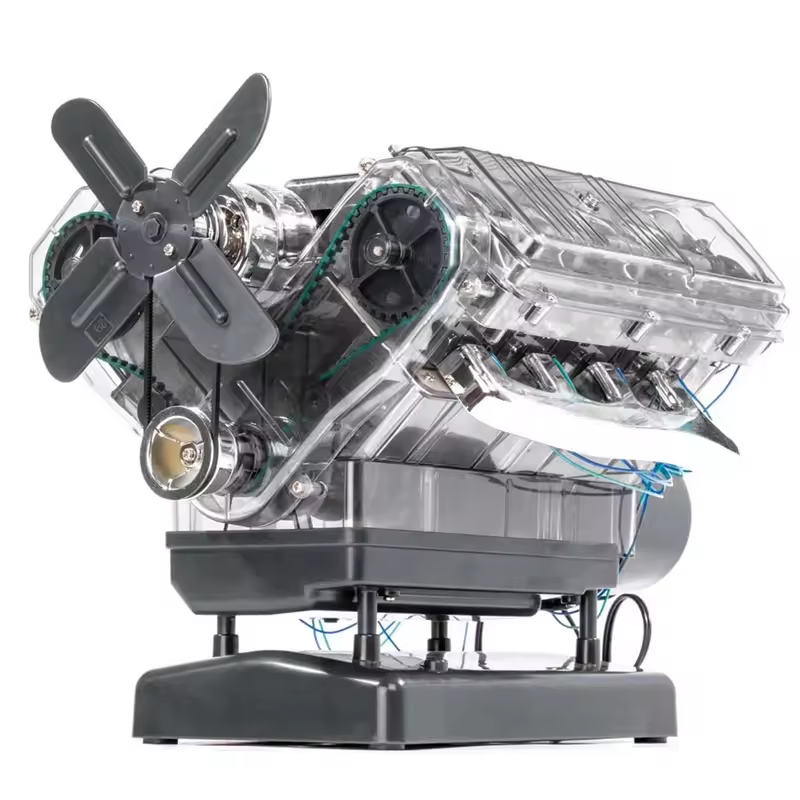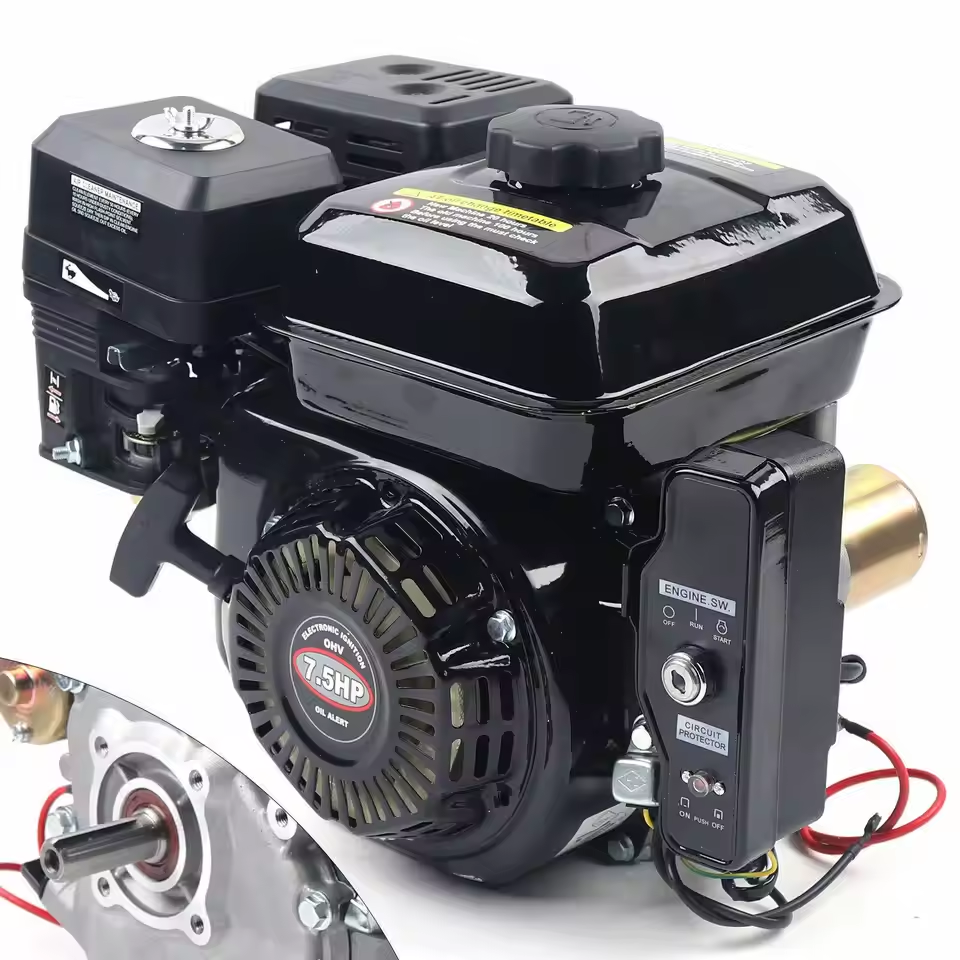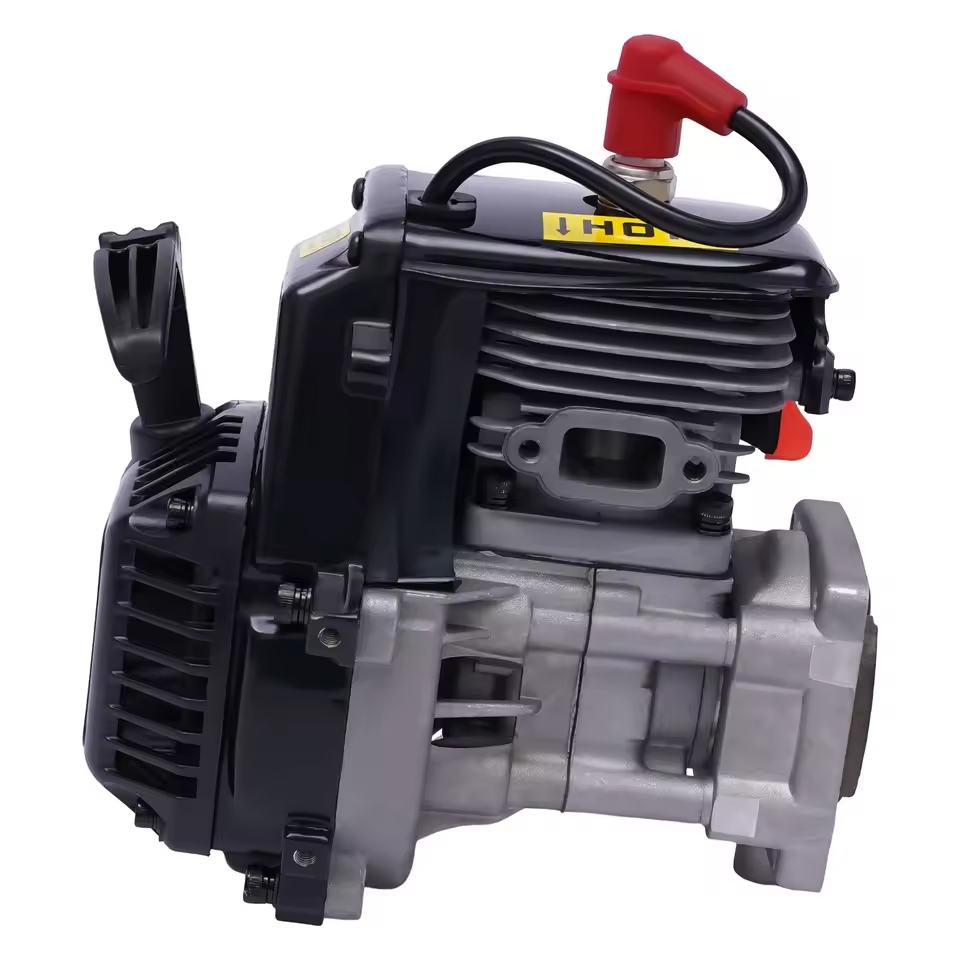Introduction to Engine Displacement
Understanding engine displacement is key for any automotive enthusiast. It refers to the total volume that all the cylinders of an engine can displace. In simple terms, it’s the space where the fuel-air mix burns to power the car. The displacement affects how much power an engine can produce. Smaller engines tend to have lower displacement, while larger engines have more. People often measure this in cubic centimeters (cc), liters (L), or cubic inches. It’s one detail that can tell you a lot about a vehicle’s performance without even turning the key. Knowing what is engine displacement helps in selecting the right car for your needs. In this article, we’ll dive deep into its role in engine performance and vehicle classification. We’ll also explore how different engine types compare and why displacement matters for fuel efficiency and emissions. As trends in engine design evolve, we’ll look ahead at future changes in displacement. Whether you’re a car buyer, a student, or a seasoned mechanic, this guide will help you understand the ins and outs of engine displacement.
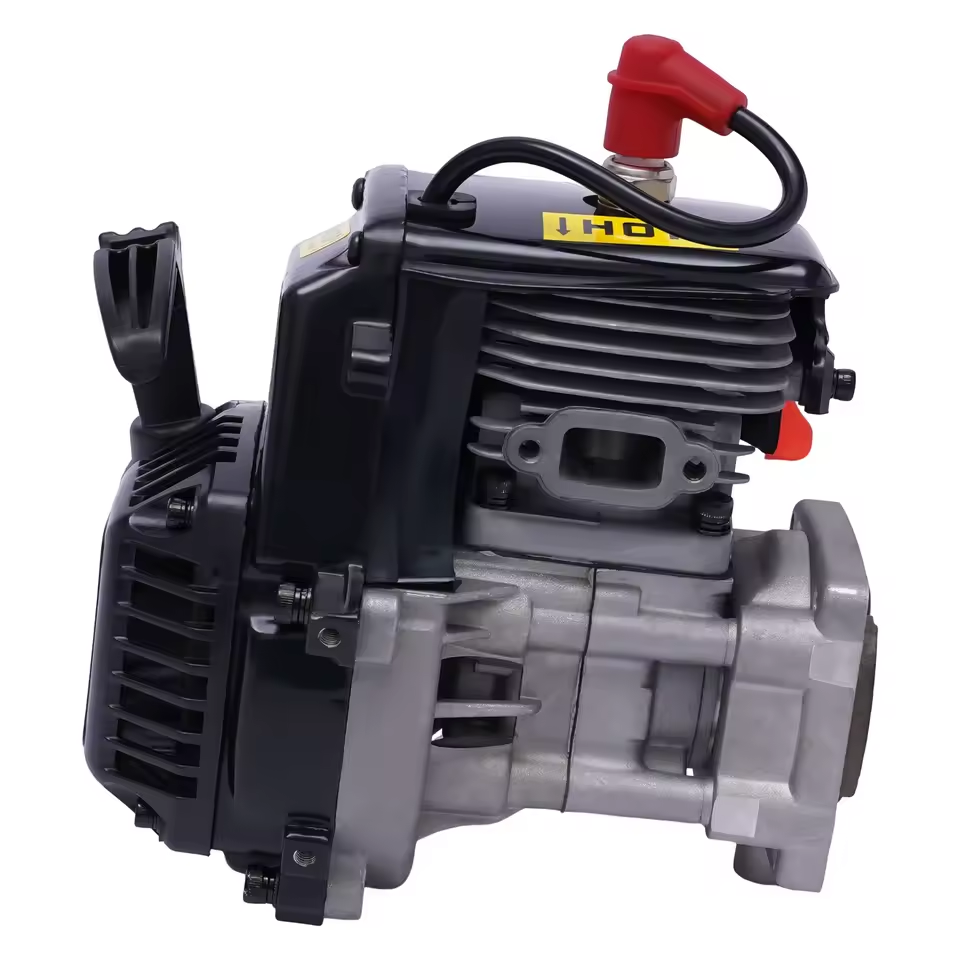
The Role of Displacement in Engine Performance
Engine displacement significantly impacts the performance of a vehicle. Large displacement engines can produce more power, which often translates into faster acceleration and a higher top speed. This is because they have more space to combust a greater amount of air-fuel mixture in a single cycle, which generates a stronger push on the pistons and thus more torque. Torque is the force that propels your car forward, and along with horsepower, it’s a key factor in how ‘fast’ a car feels.
On the other hand, engines with smaller displacement are typically less powerful but can be more efficient. They have to move less weight with each cycle, which generally leads to better fuel economy. However, advancements in technology like turbocharging and supercharging allow small engines to punch above their weight by increasing the pressure of air entering the cylinders, thus giving us smaller, more fuel-efficient engines that still provide satisfactory performance.
Ultimately, what engine displacement provides is a balance between power and efficiency. Car manufacturers must consider the intended use of the vehicle, target market, and regulatory standards when deciding on the displacement. For instance, sports cars emphasize higher displacement for better performance, whereas compact cars may offer lower displacement for improved fuel efficiency and cost savings.
In summary, understanding what is engine displacement is essential when examining engine specs. It gives you a glimpse into the vehicle’s capabilities and can help you make an informed decision based on your performance needs and efficiency expectations. The perfect displacement size is a trade-off, one balancing power and fuel consumption, tailored to the driver’s priorities.
How Engine Displacement is Calculated
To understand what engine displacement is, it’s crucial to know how it’s measured. Basically, it’s the combined volume of all the engine’s cylinders. It’s calculated using a simple formula that involves the engine’s bore, stroke, and the number of cylinders.
Here are the steps and terms involved in the calculation:
- Bore: This refers to the diameter of each cylinder. To start, you measure the bore across the widest part of the cylinder.
- Stroke: Stroke is the distance the piston travels in the cylinder. You measure from the top to the bottom of the stroke.
- Number of Cylinders: This is simply how many cylinders are in the engine. Most cars have four, six, or eight cylinders.
- The Formula: The engine displacement is calculated with the formula:Displacement = π / 4 * Bore^2 * Stroke * Number of Cylinders
The ‘π / 4’ part is used because the area of a circle is πr^2. Since you’re using diameter (bore), not radius, the formula adjusts with ‘/ 4’.
To conclude, engine displacement gives a quick snapshot of an engine’s size and potential power output. By understanding the calculation, we get a clearer picture of what engine displacement signifies for the vehicle’s performance. With this knowledge, you’re better equipped to understand the power and efficiency of the engines you might encounter in various vehicles.
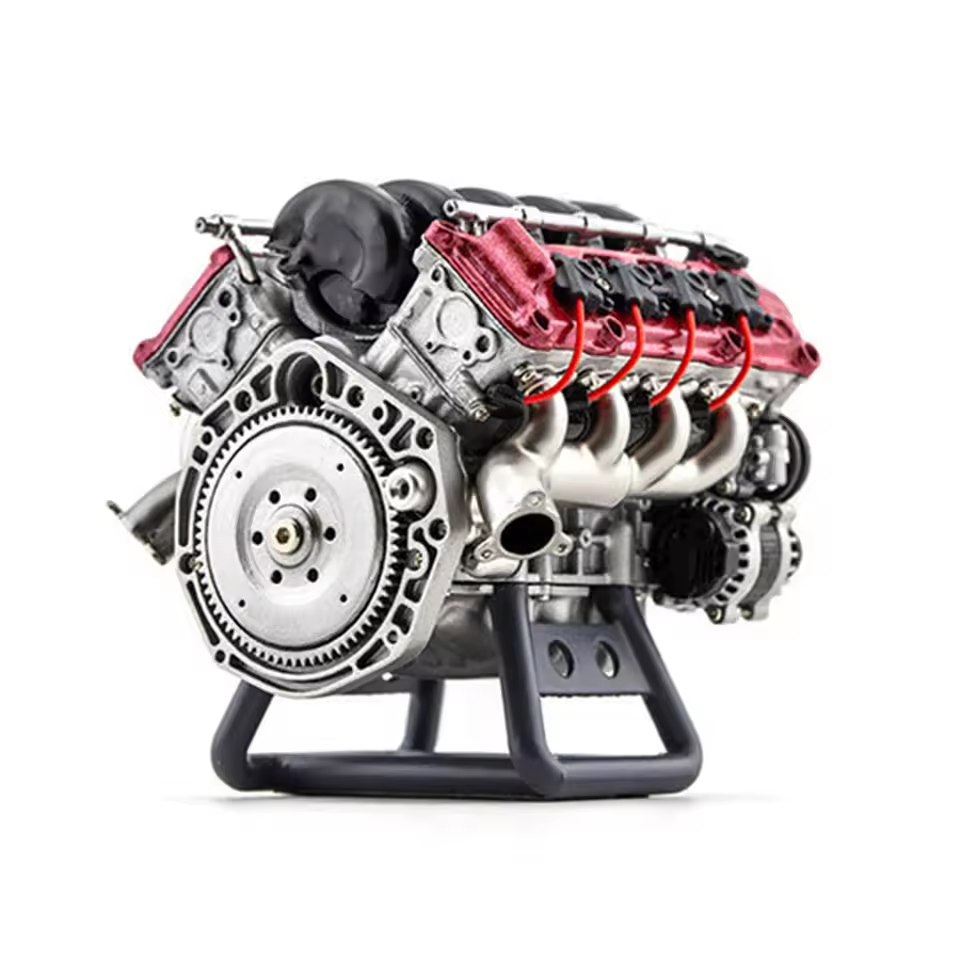 Importance of Displacement in Vehicle Classification
Importance of Displacement in Vehicle Classification
Understanding what engine displacement is proves critical when it comes to vehicle classification. Various sectors consider displacement a key metric for categorizing cars.
Market Segmentation: Automobile manufacturers often classify their models based on displacement sizes. For instance, compact cars usually have smaller engines, often between 1.0 to 1.5 liters, while luxury sedans or sports cars might boast displacements from 3.0 liters and above.
Insurance and Taxation: Displacement heavily influences insurance premiums and taxes. Larger displacements can lead to higher costs in both areas. This is because they are typically faster and more powerful, posing a greater risk and having a higher environmental impact.
Racing Regulations: In sports and racing, engine displacement can define the class of the car and its eligibility to compete in certain events. Races often have restrictions on the size of the engine that can be used, ensuring a level playing field.
Environmental Standards: Some regions use displacement to set environmental standards. Larger engines usually result in more emissions, so cars with greater displacement may face stricter regulations or charges.
Overall, the significance of engine displacement extends beyond just performance and affects practical aspects of owning and driving a vehicle. This has broad implications, from the upfront cost to long-term expenses and the ability to compete in certain driving events.
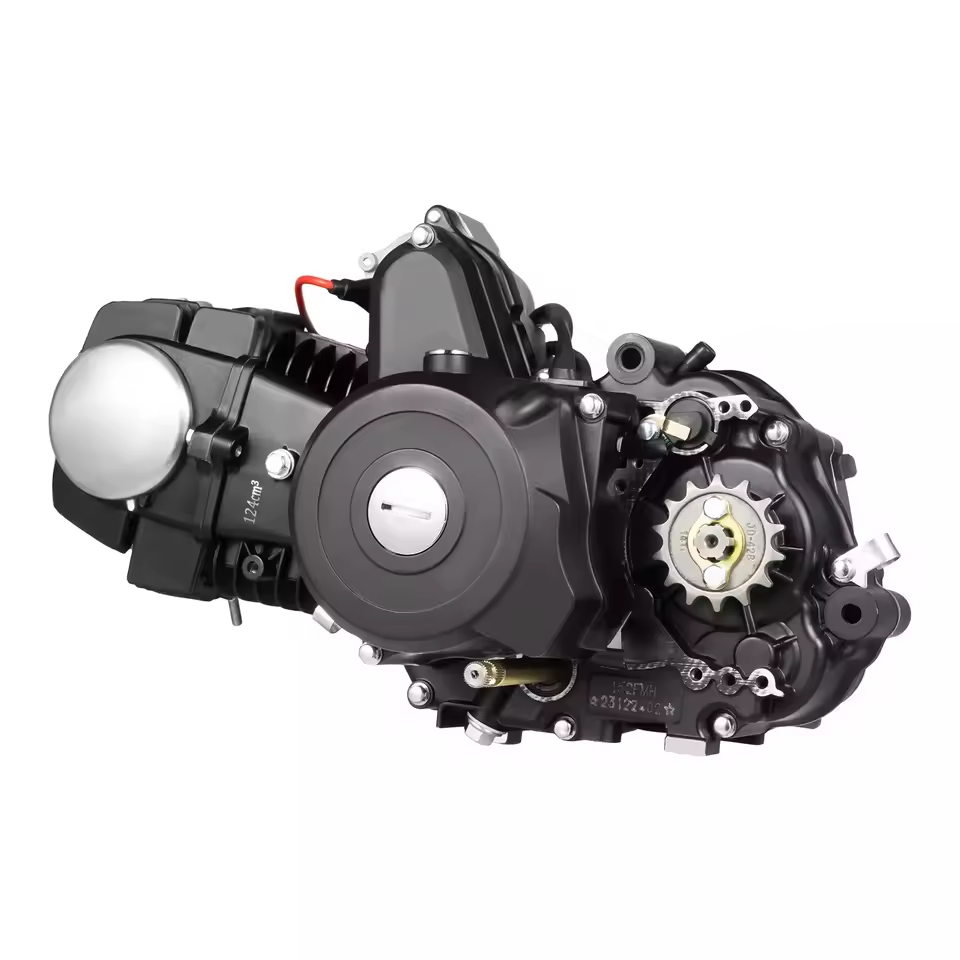 Comparing Displacement Across Different Engine Types
Comparing Displacement Across Different Engine Types
When exploring various engine types, we notice that displacement can vary widely. Let’s break down how different engine types compare in terms of displacement:
Inline Engines
These engines have cylinders arranged in a straight line. Commonly found in smaller cars, they generally offer lower displacement which can range from below 1.0 liter to around 2.5 liters.
V-Type Engines
V engines, where cylinders are arranged in a V shape, are known for higher displacement. They are typical in performance vehicles, with displacements starting from 2.0 liters and reaching up to 6.0 liters or more.
Flat Engines
Also known as boxer or horizontally opposed engines, these can vary in displacement. Sports cars with flat engines may have displacements around 2.0 to 4.0 liters.
Rotary Engines
Rotary engines stand out as they don’t have typical cylinders. Displacement is not measured the same way, but they usually equate to a 1.3-liter displacement in traditional engines.
Diesel Engines
Diesel engines typically have higher displacement because of their design for more torque. Displacements in passenger vehicles commonly range from about 1.5 to 3.0 liters.
Electric Motors
While not measured in displacement, electric motors are part of the conversation. They’re rated by kilowatt-hours (kWh) and offer power efficiency without traditional displacement metrics.
In essence, different engine types serve various needs—from fuel efficiency to raw power—and their displacement figures are a central part of their design and performance characteristics. Knowing what is engine displacement and how it relates to the engine type gives a more complete understanding of a vehicle’s potential performance.
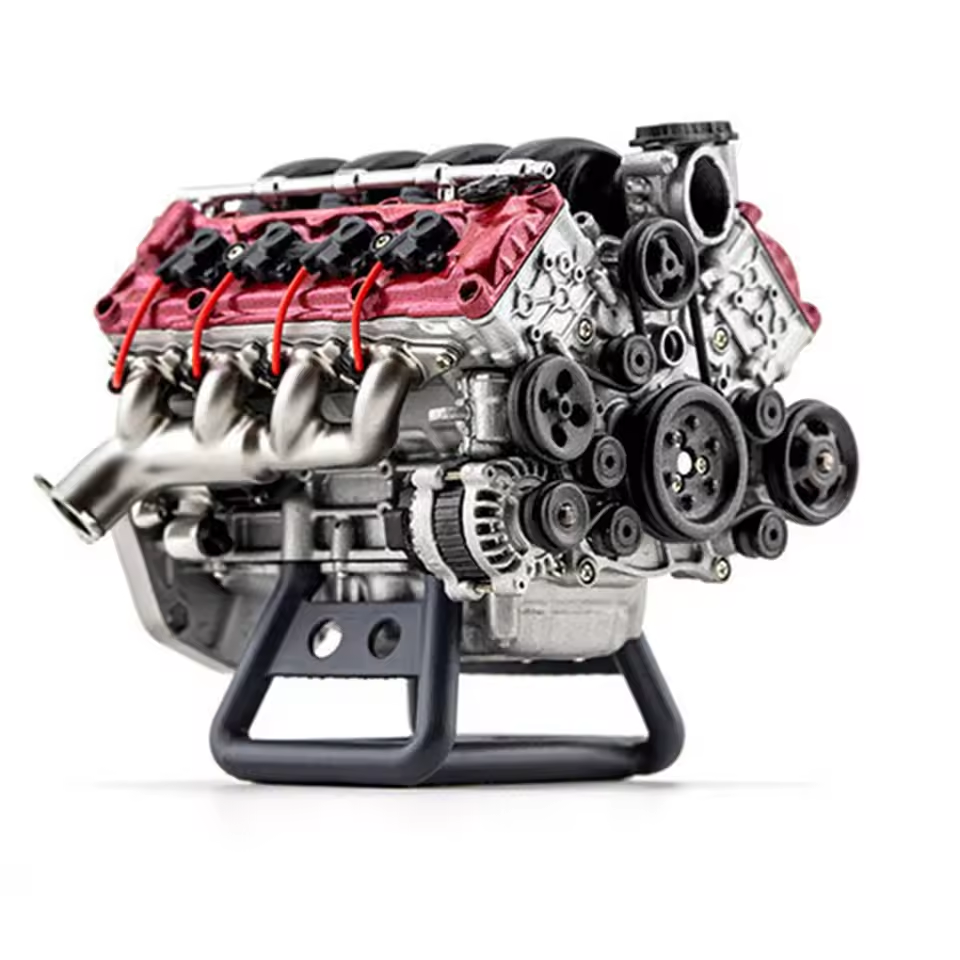 The Relationship Between Displacement and Fuel Efficiency
The Relationship Between Displacement and Fuel Efficiency
One might wonder how engine displacement affects fuel efficiency. The relationship between the two is often straightforward: generally, larger displacement engines consume more fuel. This is due to their need to burn more fuel to fill the increased volume provided by the larger cylinders. Conversely, smaller displacement engines have less space to fill, resulting in less fuel burned per cycle, which can lead to better fuel economy. Nonetheless, this isn’t a strict rule, as other factors come into play.
For example, turbocharging small displacement engines can offer power akin to larger engines while aiming to maintain fuel efficiency. However, when a turbocharged engine is pushed hard, it might still use fuel at a rate similar to a larger one. Moreover, advancements like direct injection, variable valve timing, and cylinder deactivation allow manufacturers to tweak the fuel consumption of larger engines, making them more fuel-efficient than they would otherwise be.
The key takeaway is that understanding what is engine displacement is only part of the equation. It’s essential to also consider the technology and engineering that go into the vehicle as a whole. These innovations play a significant role in modern fuel efficiency, often making the relationship between displacement and fuel consumption less direct than in the past. Car buyers should look at the overall performance and efficiency ratings, rather than displacement alone, to determine the fuel efficiency of a vehicle.
Engine Displacement in the Context of Emissions Regulations
Understanding what is engine displacement is critical when discussing emissions. Larger displacement engines typically produce more emissions due to burning more fuel per cycle. As a result, emissions regulations often target engine size to reduce pollution. In many countries, these rules are getting stricter, pushing manufacturers to seek cleaner, more efficient engine designs.
For example, Europe’s Euro 6 standards restrict nitrogen oxide and particulate emissions. Cars with higher displacement engines have a harder time meeting these criteria without advanced technology. In the US, the Environmental Protection Agency (EPA) sets similar standards that affect how large engines can be.
In response, carmakers are developing ways to reduce displacement while maintaining performance. This includes using turbochargers, hybrid systems, and optimizing engine efficiency. By reducing displacement, cars can meet stringent emissions rules and offer better fuel economy.
Moreover, electric vehicles (EVs), which have no traditional displacement, are gaining popularity. They present a future where engine displacement may become obsolete. As battery technology improves, EVs are becoming more capable and offer a zero-emission alternative to combustion engines.
In conclusion, engine displacement plays a significant role in the conversation about emissions. Reducing displacement is one strategy to meet regulations and create environmentally friendly vehicles. Car buyers looking for low-emission vehicles are increasingly considering smaller displacement engines or moving towards EVs.
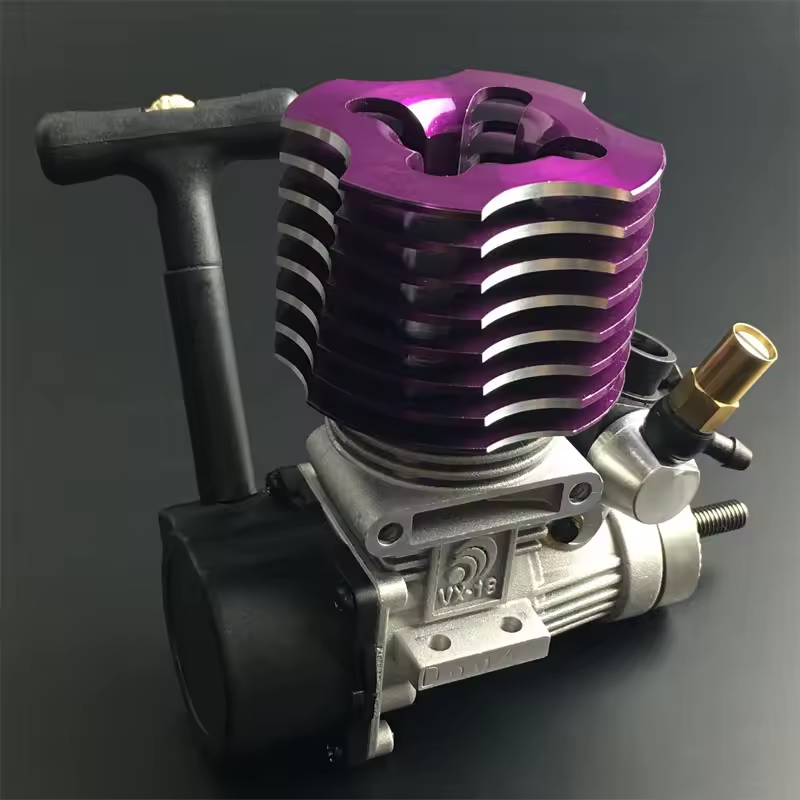 Future Trends in Engine Design and Displacement
Future Trends in Engine Design and Displacement
The engine world is rapidly evolving, and displacement is not immune to this change. With environmental concerns and fuel efficiency taking center stage, the future of engine displacement is likely to see significant shifts. Here’s what we can expect in upcoming trends for engine design and displacement.
Downsizing and Turbocharging: Automakers are reducing displacement to lower emissions and improve fuel economy. They pair smaller engines with turbochargers to maintain performance levels.
Hybrid Technology: Combining electric motors with smaller displacement engines provides a balance of power and efficiency. This technology will continue to grow in popularity.
Advanced Combustion Techniques: Engineers are working on advanced combustion processes like HCCI (Homogeneous Charge Compression Ignition) which may allow for further reduced displacement while enhancing efficiency.
Focus on Electric Vehicles (EVs): Electric vehicles, which don’t have traditional engine displacement, are gaining ground. As their range increases and charging infrastructures improve, EVs represent a future beyond displacement.
Regulations Driving Change: Stringent emissions regulations worldwide push manufacturers to innovate engines with lower displacement. This is often accompanied by cleaner technologies.
Understanding what engine displacement is today helps us grasp these future shifts. As the industry moves forward, we can expect to see smaller engines with just as much pep, hybrid models blending efficiency and power, and an increased presence of electric vehicles. The significance of engine displacement may lessen over time, but for now, it remains a dynamic and critical element of automotive engineering.
